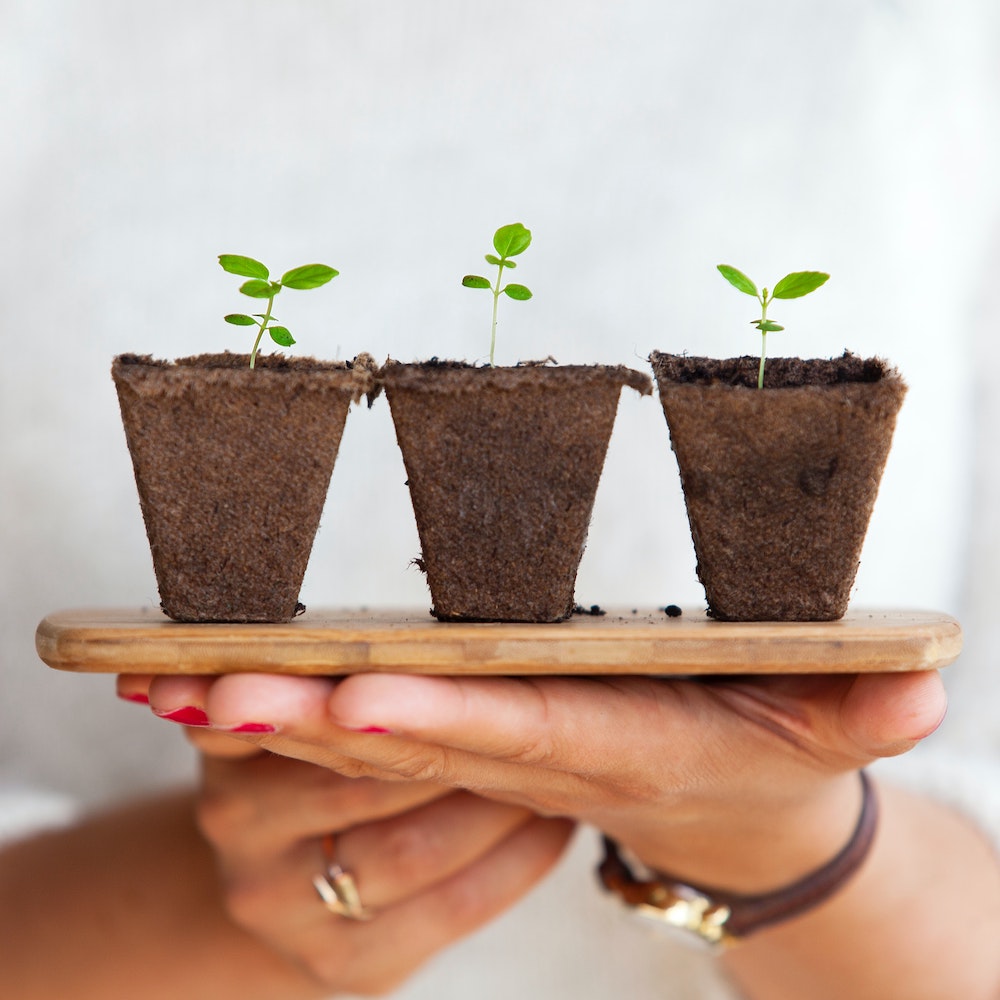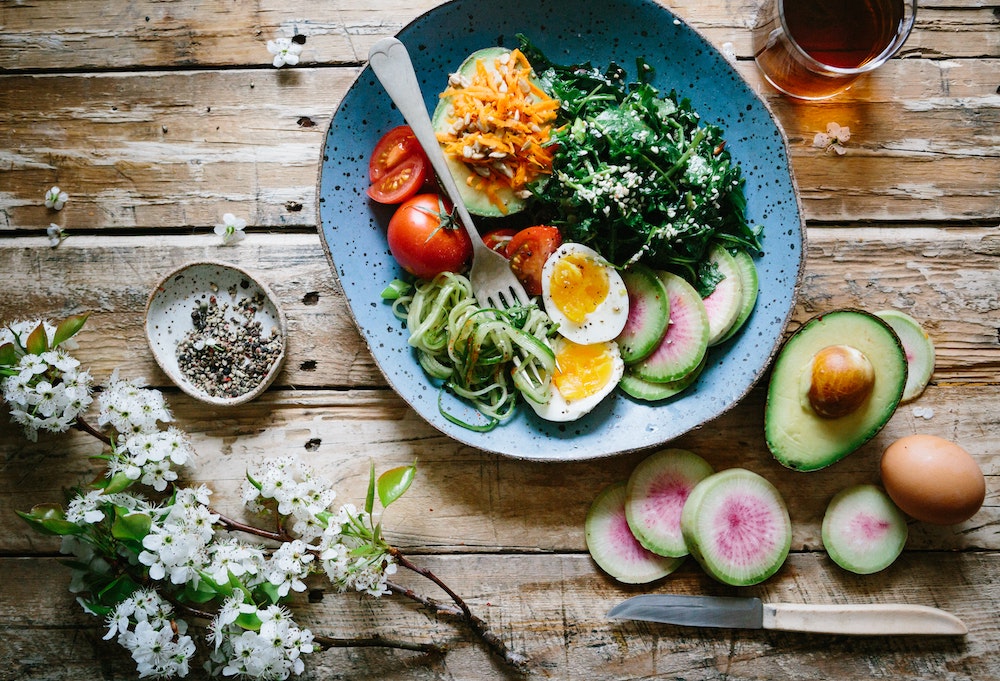As a woman, you probably know all about the hormone oestrogen. It’s responsible for many things including developing and maintaining the female reproductive system, helping to support bone density, increasing serotonin and other feel-good chemicals in the brain, ensuring good sleep and a healthy libido.
But what you might not realise is that environmental oestrogens are a group of more than 800 chemicals (also known as endocrine disrupting chemicals (EDCs) or xenoestrogens) that differ from natural oestrogen because they are not produced by our endocrine system. Rather, they’re artificial chemicals that interfere with the natural hormones in our bodies.
These sneaky chemicals can be found in every day products you’re probably using, such as candles, hand wash and maybe even in your lipstick.
The big problem with EDC’s is that while natural oestrogen is a very necessary hormone in our bodies, environmental oestrogens are not and they’re thought to affect hormonal balance and interfere with reproductive health and foetal development.
But before you storm your bathroom waging war on your cosmetic bag and cupboard, we’re still learning about the effect of EDC’s and findings might change as more studies are conducted. But for now, let’s take a closer look at some of the current EDC research and how harmful some might or might not be to your health.
Definitely avoid: Phthalates
Commonly found in: cosmetics, lotion, nail polish, body wash and hair-care products.
Why: Two decades of research on phthalates have shown hormonal disruption and potential harm to the unborn baby during pregnancy. They’ve also been linked to infertility and reduced levels of sex hormones. Because of this research, some phthalates have been banned in Australia including dibutylphthalate, diethylhexylphthalate, diisobutylphthalate and di(methyloxyhexyl)pathate.
Try to avoid: Parabens
Commonly found in: shampoo, conditioner, deodorants, shower gels and facial scrubs.
Why: Parabens can mimic oestrogen and have been shown to disrupt hormones, in addition to being linked to skin and breast cancers. The general consensus though is that more research needs to be done, but the EU has banned parabens in skincare. Australia has not… yet.
Try to Avoid: Butylated hydroxyanisole (BHA) and butylated hydroxytoluene (BHT)
Commonly found in: Lipstick, eyeliner, blusher, foundation, moisturiser, skin cleanser.
Why: These preservatives have been shown to impair blood clotting and promote tumour growth. However, there are still question marks around how much exposure is considered harmful and what the long-term affects are so the jury is out on this one. As with most of these synthetic ingredients, I prefer to err on the side of caution and choose products that are made from natural and non-toxic ingredients – especially when we have so many beautiful Australian products to choose from!” Check out my favourite products here (http://belindakirkpatrick.com.au/my-4-make-up-bag-essentials-and-yes-theyre-organic-and-good-for-you/)
Minimise contact with: bisphenol A (BPA)
Commonly found in: many plastics including water bottles and also the receipts that come out of eftpos machines! BPA leaches into food and water supplies and unfortunately we are all widely exposed to it.
Why: BPA is considered to be an ovarian and uterine toxicant and high exposure to BPA has been shown to reduce fertility in those trying to conceive. Studies have found it can affect egg maturation in humans and also interfere with the pituitary gland in the brain, which may affect puberty and ovulation, and may lead to infertility. Where you can, minimise exposure by using glass water bottles and containers, and asking for your receipt to be emailed!
Don’t be fooled by: Fragrances derived from petrochemicals
Commonly found in: nearly every personal-care product: perfume, deodorant, body lotion, soap, shampoo, foundation, sunscreen and also household products such as scented candles, air freshener, detergents and cleaning products.
Why: Many products list ‘fragrance’ or ‘perfume’ on their label but few disclose exactly which chemicals are used to create the fragrance. The bad news is that many of them contain phthalates and ingredients that may be hormone disruptors. Such as limonene and acetate (https://www.ncbi.nlm.nih.gov/pmc/articles/PMC3018511/).
SUBS:
Phthlates
Findings suggest that increased MEP (monoethyl phthalate – Most common phthalate added to personal care products to enhance fragrance) exposure is associated with a decreased probability of achieving a pregnancy within the first six cycles of trying – https://academic.oup.com/humrep/article/32/1/232/2527533
http://www.safecosmetics.org/get-the-facts/chemicals-of-concern/phthalates/)
Parabens
o Propyl and butyl parabens appear to reduce sperm production[29],[30]
o [29] Oishi S.,Lack of spermatotoxic effects of methyl and ethyl esters of p-hydroxybenzoic acid in rats. Food and Chemical Toxicology, vol. 42, pp 1845-49, 2004.
o [30] Taxvig C., et al., Do parabens have the ability to interfere with steroidogenesis? Toxicological Sciences, vol. 106, no. 1, pp 206-13, 2008.
– 2012 Reading University study reported that 99% of breast tutor tissue analysed contained at least one paraben, with 60% containing at least five.
https://pursuit.unimelb.edu.au/articles/the-household-chemicals-affecting-your-fertility
BPA
https://www.scientificamerican.com/article/undergoing-fertility-treatment-watch-your-plastics/
https://www.medicalnewstoday.com/articles/221205.php
The most recent study, published last month in the Journal of Clinical Endocrinology and Metabolism, examined 239 women who underwent IVF in Massachusetts from 2007 to 2012. Of the women with the highest exposure to BPA, 17 percent had a baby, compared to 54 percent of women with the lowest exposure.
– “We consider it an ovarian toxicant. In addition, strong evidence suggests that BPA is a uterine toxicant,” a group of 11 leading scientists wrote in a 2014 review of the chemical.







